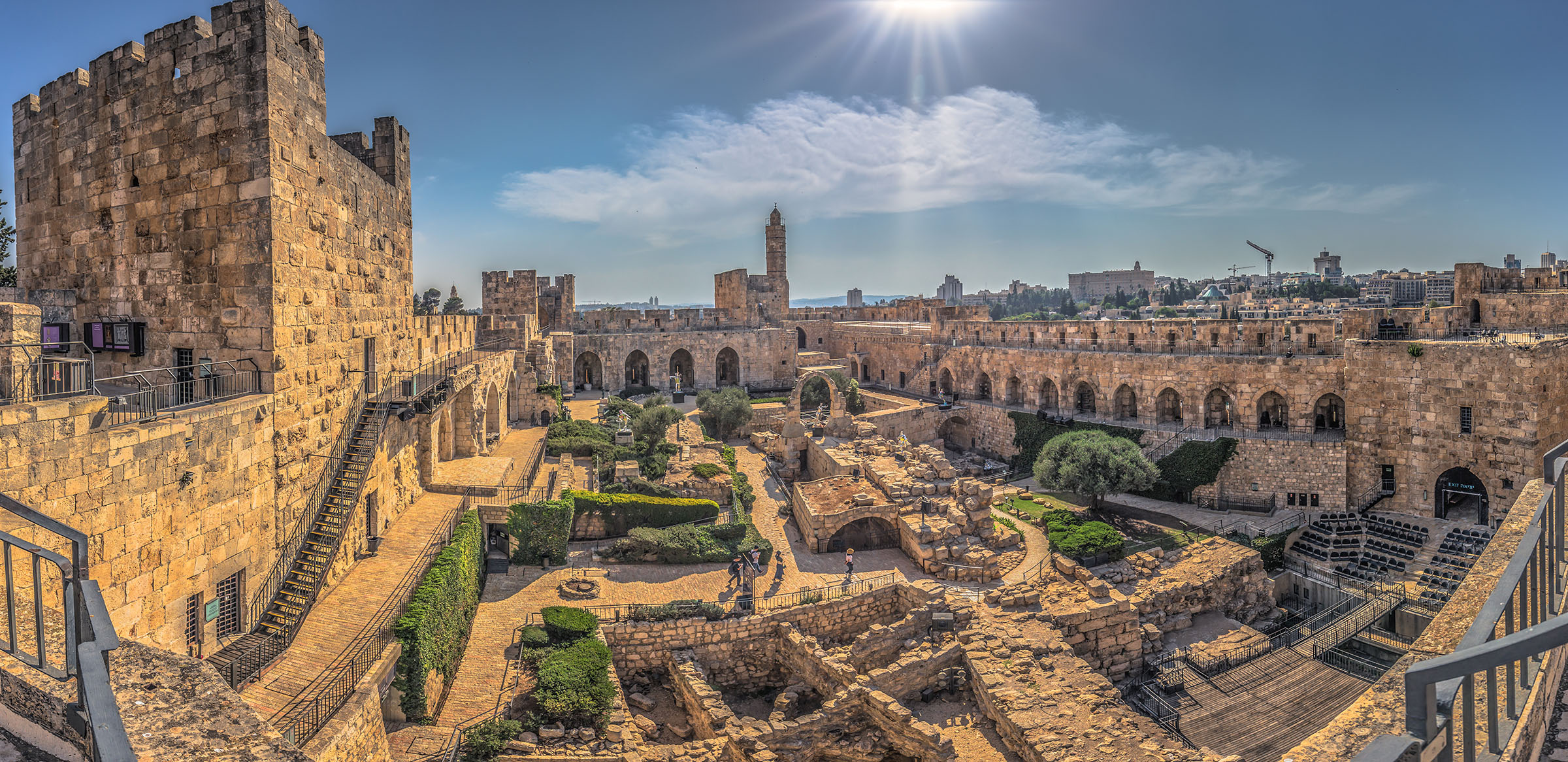Some Events In The Bible May Have Been Confirmed By Radiocarbon Dating
Radiocarbon dating can be a great way to help verify the age of things, and now, a new precise radiocarbon dating of archaeological sites in Jerusalem may be just what scientists needed to prove some of the key, historical events highlighted in the Bible.
The new dating seems to suggest that major events such as the settling of Jerusalem, as well as a major earthquake and the eventual destruction of the city at the hands of the Babylonians, may have actually happened. This, of course, is likely not very surprising to believers who follow the teachings of the Bible.
If you don't follow them, though, this find at least proves that some of the events highlighted in the Bible were based on true events. You're free to take from that what you will, obviously, but it could go a long way in helping to prove whether or not other key Bible events actually happened as well.

The authors of the new study highlighting these findings studied various samples of sediments from human occupations in the city, including the radioactive carbon concentrations in charred seeds. This allowed them to determine the dates within a time period known as the Hallstatt plateau, which existed sometime between 770 and 420 B.C.
Previous research had found that it was difficult, if not impossible, to pinpoint radiocarbon dating within this time period, at least not with any form of accuracy. It's possible that the lower solar activity during this period produced less of the carbon-14 isotope used in the dating method. It's this time period that has made it so difficult to properly radiocarbon-date Jerusalem.
Most notably among the dating discoveries that came from this study, though, is one that could help pinpoint when Jerusalem was settled and when a major earthquake — one of many of the Bible's key events — actually took place. Based on radiocarbon dating, the scientists estimate that the earthquake took place around the mid-eighth century B.C. and was followed by a period of reconstruction.
While covered in the Bible, no exact dates are ever given. Scientists also now estimate that Jerusalem itself was likely settled between the 12th and 10th centuries B.C. All of these findings were further anchored by evidence of the Babylonian destruction in 586 B.C.
It is unclear what other key Bible events might be proven using radiocarbon dating, but this discovery will undoubtedly spur other scientists into action, especially since some scientists aren't wholly convinced that the new chronology is wholly reliable.
